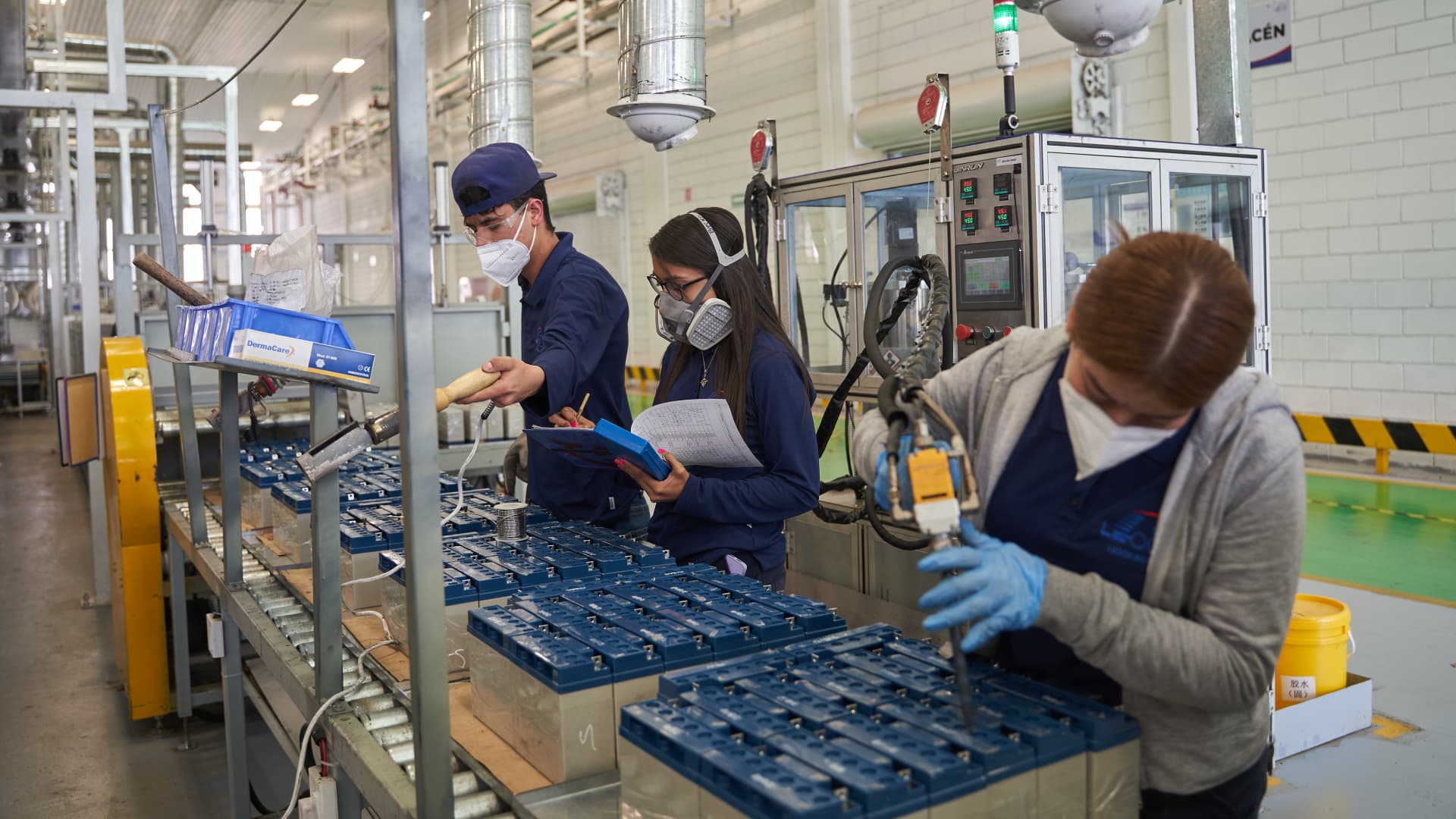China’s factory activity expanded at its fastest pace in three months to 50.8 in February, according to a private-sector survey. This growth follows the return of millions of migrant workers after an extended Lunar New Year holiday. The Caixin/S&P Global manufacturing purchasing managers’ index surpassed the Reuters poll forecast of 50.3, accelerating from 50.1 in January and 50.5 in December.
The private-sector manufacturing PMI has remained above the 50 threshold, indicating expansion, since last October. This aligns with the official manufacturing PMI released by the National Bureau of Statistics, which rose to 50.2 in February from 49.1 in January. The non-manufacturing PMI, including services and construction, also increased to 50.4 from 50.2 in January.
Economists noted that new U.S. tariffs could pressure China’s manufacturing activity, which accounted for a quarter of the country’s GDP last year. In February, new export orders grew at the fastest rate since April, driven by stronger demand from foreign clients. This may be due to U.S. importers front-running tariffs amid expectations of higher levies.
President Trump recently announced additional 10% tariffs on Chinese goods, adding to previous levies. At upcoming parliamentary meetings, China’s leadership is expected to address softening domestic demand and reveal fiscal stimulus details to bolster growth amid U.S. trade tensions.
Despite some momentum regained in February, overall growth this quarter is likely to slow unless greater-than-expected stimulus is unveiled at the National People’s Congress. Factory output prices remain pressured, particularly for consumer and investment goods, with rising costs for copper and certain chemicals. Employment in the manufacturing sector slumped to a near five-year low as manufacturers focused on cost reductions.
— news from CNBC
